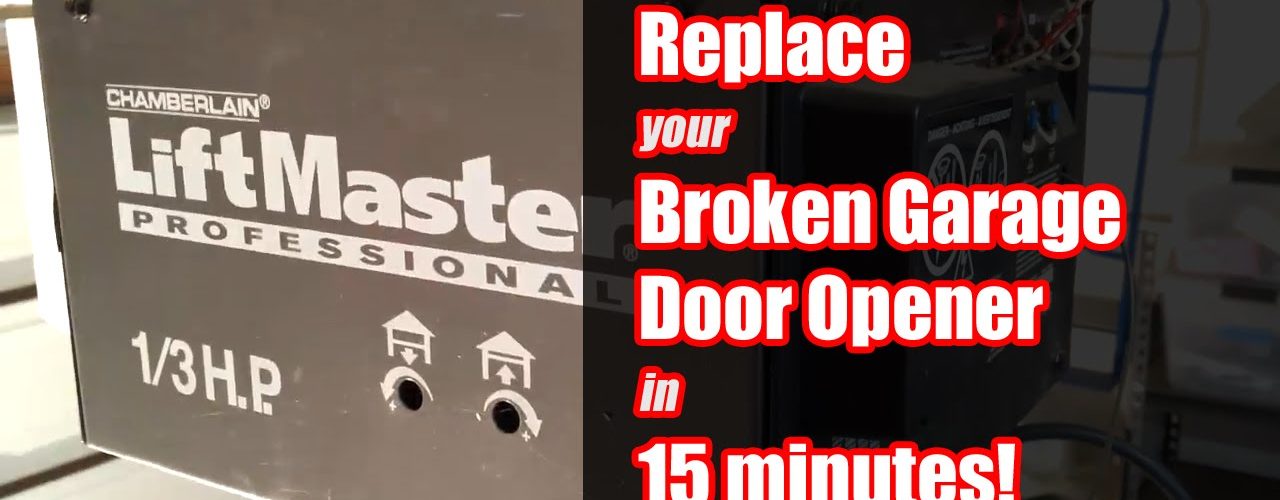Garage door openers are one of those daily interactions that we just take for granted. That is, until they catch our undivided attention by not working like they’re supposed to. If your garage door opener is not responding like it should, is not responding at all or is responding too much, this article will give you some simple advice on how to fix your problem.
First, it’s important to understand that while garage door openers are simple machines, they typically utilize the power offered by large springs and secured cables to assist in their operation. There are many steps you can take to diagnose and even fix most common problems, but when it comes to adjusting or repairing a torsion spring, extension spring or secured cable, a qualified professional should be consulted. These springs and cables can cause significant injuries if they are not handled properly. You can learn more about garage doors here: Garage Door Opener.
Is the door opener not responding to the remote control? Check the remote to ensure that there are fresh batteries installed. It’s a good idea to change these out once a year, anyway. Mark it on a calendar so you don’t forget and end up getting caught outside in the bad weather. If you operate the opener via a built-in feature in your car, refresh its programming using your remote control and the instructions provided in your automobile’s owners manual.
Is the door not responding to the wall switch? Check to make sure the motor is plugged in to a proper receptacle and if needed, check your home’s circuit breaker to make sure that there’s power being supplied to the receptacle. Also check the wires that run from the wall switch to the motor, as sometimes they can be accidentally damaged. If you’re able to, test the continuity of the wires using a non-contact continuity tester. As a last resort, contact an electrician.
Is the door opening but refusing to close? Most doors openers are equipped with a safety feature that sends an invisible beam of light across the bottom of the door opening. This is to prevent children or objects being struck by a closing door. Check to ensure that no objects are blocking the beam, that the two sensors (located on either side of the opening) are aligned properly (i.e.: facing each other) and that their lenses are clean. You can usually tell that the beams are interrupted, as the light on the opener’s motor will blink.
Is the door responding too much (opening and/or closing on its own)? It’s possible that your opener is responding to your neighbor’s door opener or some other frequency it’s detecting. Reprogramming your remote is a good thing to know anyway, for if one ever gets stolen you’ll want to reprogram it for your security and peace of mind. There are two main methods for reprogramming and they can vary slightly from model to model. Essentially, they consist of either manually changing the numbered switches inside the remote and the motor (so they match) or using the opener’s automated “Learn” feature. Consult your opener’s owners manual for specific directions.
Is the door opener’s chain moving, but the door is not? Check to ensure that the clamp attached to the manual release cord (usually a bright colored rope with a plastic handle) is properly engaging on the chain drive. This cord is designed to release the door’s control from the motor’s chain drive in case of a power outage or an emergency. Pulling on the cord allows you to manually open and close the door. Sometimes the clamp that connects to the opener’s chain slips just a bit and needs to be released and reset in order to properly engage on the chain.
Lastly, a little preventative maintenance can go a long way. Twice a year, inspect all parts of your garage door and opener. Lubricate the rollers and chain, tighten any loose brackets you may find, clean the lenses on the safety sensors and don’t forget about those batteries!



